Microsoft Surface Laptop review: Still worth the price of admission?
Not quite a MacBook Air killer, but a fine laptop regardless
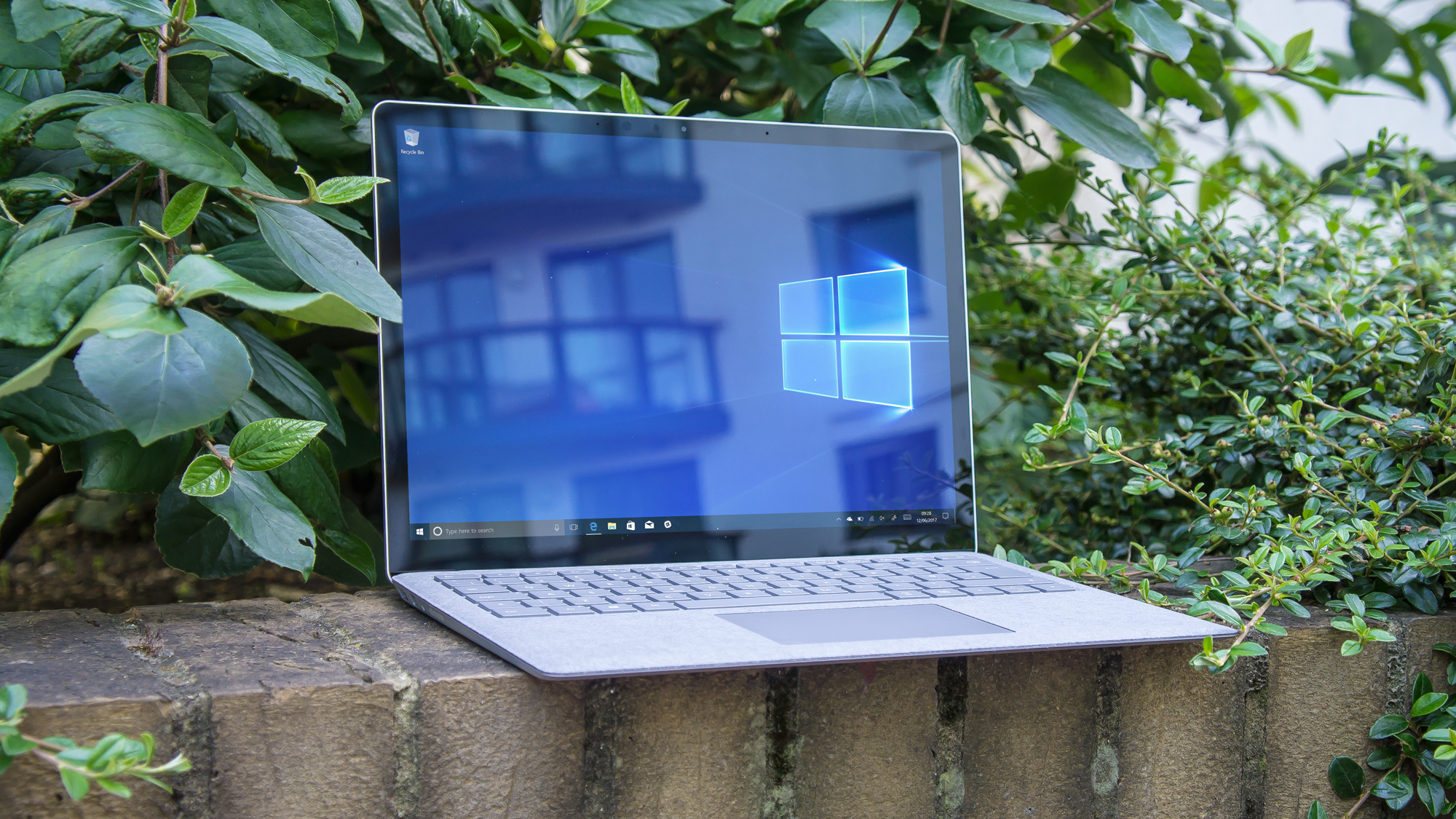

As a first stab at a proper lightweight notebook, the Surface Studio is a capable and accomplished offering. It's held back slightly by the omission of USB-C connectivity and the decision to ship it with Windows 10 S, but it's otherwise an absolutely superb device.
-
+
Fantastic keyboard; Excellent design
-
-
Screen isn't quite as good as the Surface Pro; Disappointing port allocation; Expensive

Update: The Surface Laptop 2 is now here.
The Surface Laptop now has a sequel. Announced in October, the Surface Laptop 2 doesn't offer a great deal more than extra performance, with the 4GB configuration no longer available, and with the Kaby Lake chips replaced by Coffee Lake versions.
As our sister site Expert Reviews points out, this may be a touch disappointing but does give the new version a real edge over its predecessor in most performance areas. In its 4K media benchmark tests, the new version scored 84 to the old model's 49. That still leaves it a little behind the latest Dell XPS 13 (96) but a way ahead of the newest Asus Zenbook 13 (75).
Unfortunately, it does seem to move backwards in the battery stakes. While the first version of the Surface Laptop lasted ten hours and 42 minutes in our tests, the newer edition drops dramatically to seven hours and seven minutes.
Given the older version now starts at 540.83 (excl. VAT) compared to the new one's 815.83, you may still consider the original to be the best option.
The original review continues below
Microsoft is today as much as hardware company as it is a software one, having made some truly impressive devices across a range of device categories.
Perhaps chief among these are its market-leading 2-in-1s that form the Surface Pro range, or its more capable Surface Book, both of which deliver a mix of outstanding performance and luxury, which forms an incredibly versatile package.
While these devices have targeted the popular convertible market, the Redmond-based company has also taken a stab at revamping the traditional laptop. This mid-range, non-convertible device is built for those users that don't necessarily need the power of a Surface Book, or want to pay the high entry price, but want Microsoft's new Surface design style.
Being a mid-range device, its specs deliver enough power for the everyday business user, with a host of productivity features, built on Microsoft's lightweight Windows 10 S operating system -- something of a rival to Google's ChromeOS.
The Surface Laptop has been available for some time now, so we want to ask whether Microsoft's next-generation laptop has managed to stay relevant in a market that's increasingly moving towards 2-in-1s, or whether it's a dud that will soon be consigned to history.
Design
Although Microsoft may not be as well-known as Apple when it comes to making beautiful laptops and devices, the company has really taken a step in the right direction over the last few years, focusing on form as well as functionality. No device is as much of a testament to this as its Surface range of computers, with the Surface Laptop at the top of the beauty scale. We would go as far to say it's the best-looking Microsoft-manufactured laptop we've ever seen.
As the Surface laptop sits right in the middle of the Surface Pro and the Surface Book, it's appropriate that its design is a hybrid between the two. It takes on a clamshell design, just like a traditional laptop, but with the keyboard almost identical to the Surface Pro's TypeCover keyboard.
The finish is a classy matte magnesium finish (yes, it's very similar to the MacBook range of aluminium casings) with smooth feathered edges. Although the 3mm lid adds a bit to its bulk (perhaps some would view unnecessarily to such a level), it does need to be slightly thicker than others in the same bracket because it's, of course, a touchscreen display.
This does mean it's not as skinny as the lighter-weight Surface Book, but it is a little lighter than the more heavyweight Surface Pro. Its thickness is 14mm and it weighs 1.2kg - 300g more than the comparable 12in MacBook. Some of this bulk is due to the touchscreen - a feature not included in the MacBook Pro or Air for that matter.
Another minor (but noteworthy) point is that the Surface Laptop has a beautiful hinge action, opening smoothly and effortlessly. This may seem like a trivial point, but you would be surprised how many notebooks get this wrong, requiring a little bit of effort to actually prise apart.
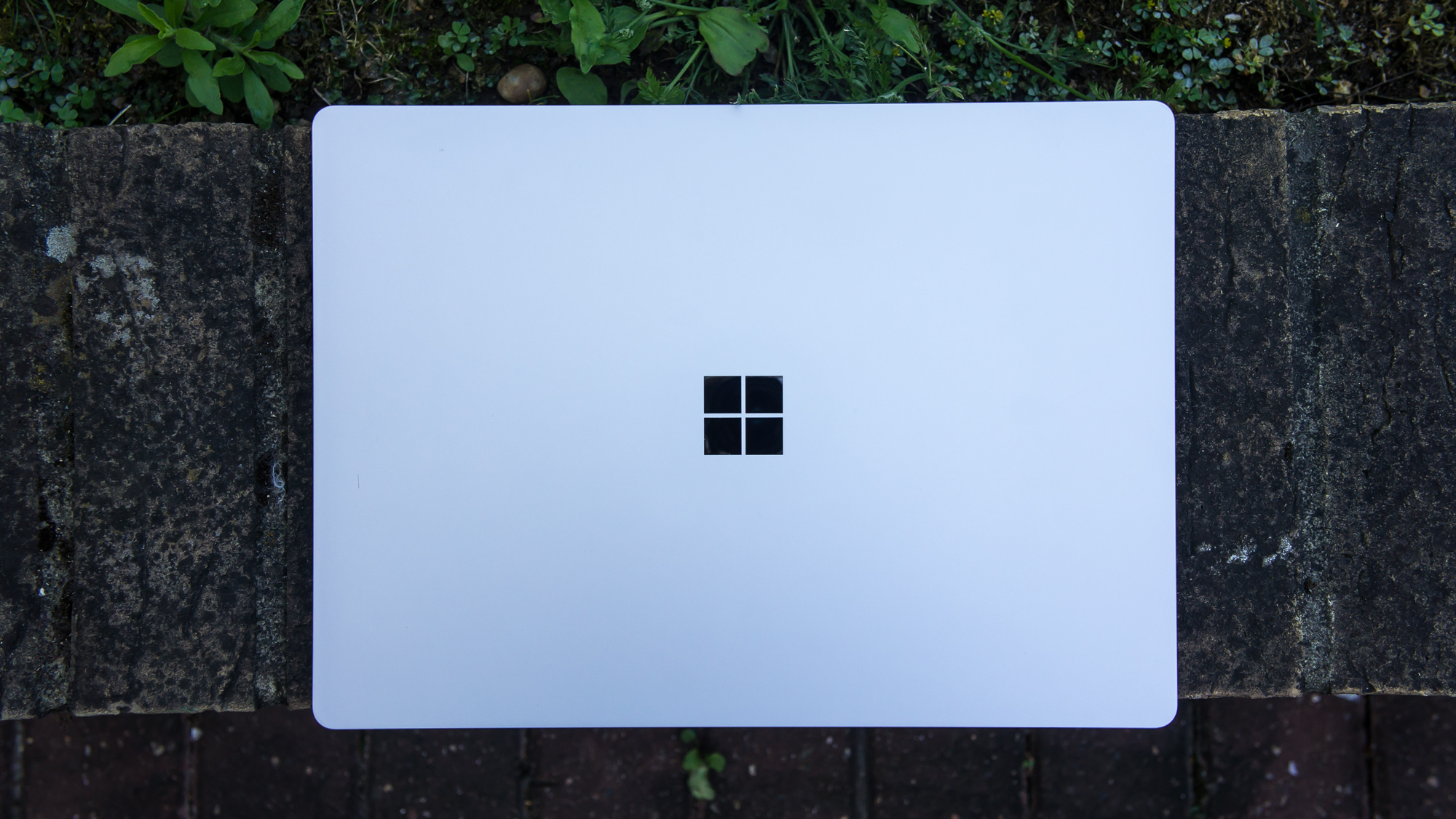
The Surface Laptop offers a greater degree of portability than the Surface Book, whilst still retaining a clamshell form-factor. However, it's worth remembering the Surface Pro's TypeCover is an absolutely excellent keyboard, so opting for the Surface Pro over the Surface Laptop really isn't much of a compromise on that front.
It is totally gorgeous though. If you're looking for something that's going to make the Apple crowd eat their words about the MacBook's superior design values, this might finally be the machine to do it: the Surface Laptop is an absolute beauty to behold.
Keyboard and trackpad
Microsoft has used the newest version of its Surface Pro TypeCover's design in the Surface Laptop, which brings a tactile, soft-touch and water-resistant Alcantara coating to the device. It's a welcome addition to a full-sized laptop, as until now it was only available on the company's 2-in-1 Surface range. In fact, its predecessor as shipped with the Surface Pro 4 was one of our favourite ever keyboards.
Since it was first launched on the market in 2015, Microsoft has largely stuck to the same formula with its TypeCover and the version featured in the Surface Laptop is no different, save for a little extra space and one small change to the key-switch design, which are both bonuses for usability.
In conclusion, we don't have any complaints about the Surface Laptop's keyboard and trackpad design -- in fact, it's a dream to use, with excellent responsiveness. We would even go as far to say it's one of the best keyboards we've ever used on a Windows machine and only narrowly misses out on the accolade of being our favourite keyboard overall, which falls to the MacBook Pro's unbeatable keyboard.
Display
Microsoft's Surface Laptop packs in the same PixelSense touchscreen technology Microsoft uses in all of its devices, which offers a decent resolution of 2256 x 1504 rather than the QHD resolution you'd expect from such a device.
What is even stranger is the aspect ratio of the Surface Laptop. Rather than packing in a 16:9-sized display, the Surface Laptop's screen is a little squarer, with its 3:2 aspect ratio. Although this theoretically means you'll see more detail on the screen, it also means you'll see some rather unsightly black bars running along the top and bottom of the screen if you're watching a widescreen video.
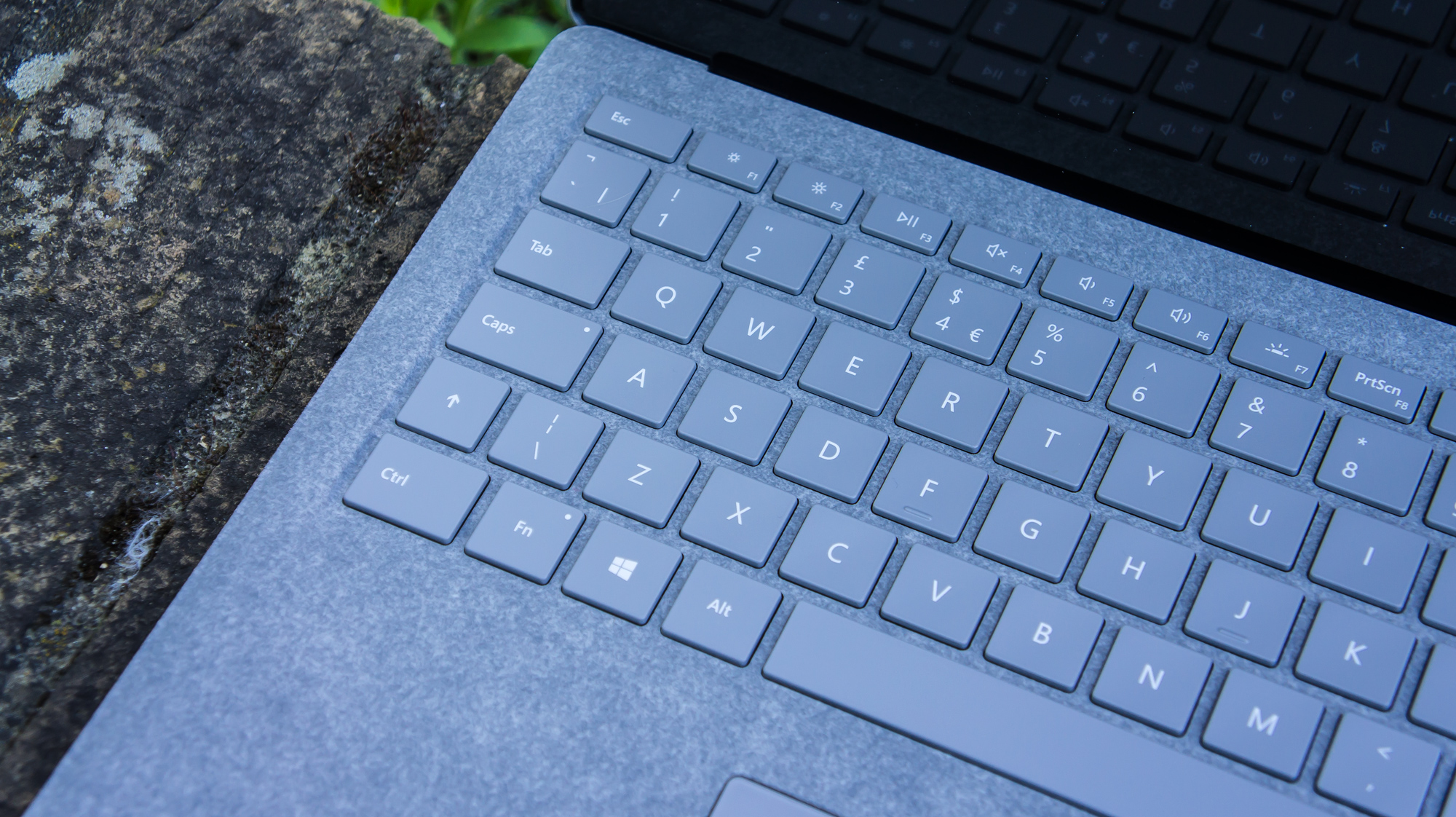
Apart from that, it's definitely an excellent display - the brightness isn't as powerful as it could be and lighter colours are sometimes washed out, but the colour accuracy is great and the contrast ratio is fantastic; images are packed with detail and crisp. It will do justice to any films you choose to view on it and it's more than capable of carrying out photo editing.
Specs and performance
When the Surface Laptop first launched, it was packing a very capable set of specifications indeed, including Core i5 and Core i7 versions of Intel's 7th-generation Kaby Lake processors and 4GB, 8GB or 16GB of RAM. At the time, these were pretty cutting-edge specs, but they've now been surpassed by Intel's newer 8th-generation chips.
For example, the Surface Laptop's score of 49 in our benchmark tests - while more than enough to content with the meatiest of ultrabooks at the time - is now lagging behind mid-range notebooks from the likes of Acer, thanks to the power of their Coffee Lake CPUs. The Laptop is still plenty powerful enough to cope with the moderate to heavy workloads, but you'll get more bang for your buck with a newer chip.
Battery life is always a crucial concern for ultrabooks, and the Surface Laptop still acquits itself capably here, racking up a score of 10hrs 42mins in our battery benchmarks. This is on par with other business-grade notebooks like the Dell XPS 13 and the Lenovo ThinkPad X1 Carbon, so we have no complaints at all on that score. It also uses Microsoft's Surface Connect charging standard, ensuring that it's compatible with the power adapters of virtually all of the company's previous devices.
Software
Now we come to the part that's made the Surface Laptop such a controversial machine - Windows 10 S. According to Microsoft, Windows 10 S is designed for security and performance, but the headline feature is that it only permits the installation of Windows Store apps.
Windows 10 S proved to be a controversial and largely unpopular proposition when it first launched, with many users baulking at the idea of only having access to Windows Store's relatively meagre catalogue of software.
Thankfully, you can upgrade from Windows 10 S to Windows 10 Pro (and it'll soon be a separate mode that you can toggle on and off), but it's easy to see why some people aren't relishing the thought of only being able to use Windows apps. The Windows Store, it must be said, does not exactly have a shining pedigree, and has come under frequent criticism for the selection and quality of available apps.
However, the fact that Windows 10 S only runs Windows Store apps may not be the deal-breaker it initially appears to be. Microsoft is making a concerted effort to improve its storefront, announcing a number of new features at its Build 2017 event to make it easier for developers to get their apps onto it. In theory, this means that we should start to see an improvement in the Windows Store going forward.
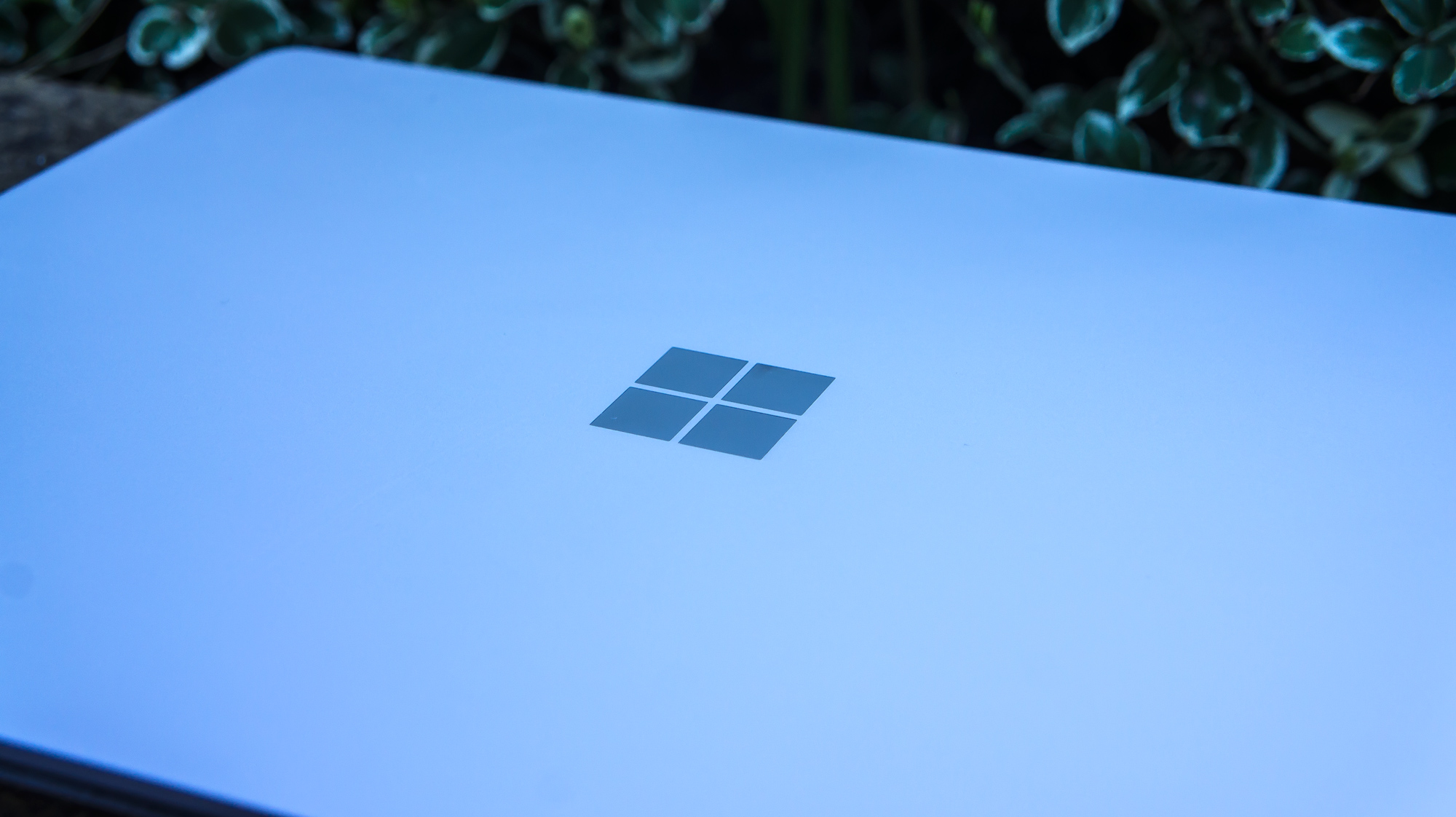
Aside from this though, there's also the fact that the vast majority of apps also have web-based versions that can be run in Microsoft's Edge browser. Workflow tools, document suites and even enterprise software like CRM and ERP packages can all be run as web apps, meaning that many business users won't even need to install any apps aside from the default software included with Windows 10 S.
It's also worth bearing in mind that 10 S is still a variant of Windows 10 Pro - which means that you'll still have access to a sizable chunk of Microsoft's enterprise features. This includes access to Windows 10's mobile device management features, Bitlocker encryption, Windows Update for Business and Windows Store for Business, as well as Azure AD domain join and enterprise state roaming with Azure AD.
Ports and features
Unfortunately, ports are an area in which the Surface Laptop seriously falls down. Like the Surface Pro, it's only got one full-size USB 3.0 port and one Mini DisplayPort - but USB-C is nowhere to be found.
It's an incredibly frustrating omission; not only is USB-C an excellent enabler of flexible and agile working models, it's also critical for future-proofing your device, as more and more manufacturers move to using USB-C as their primary form of connection.
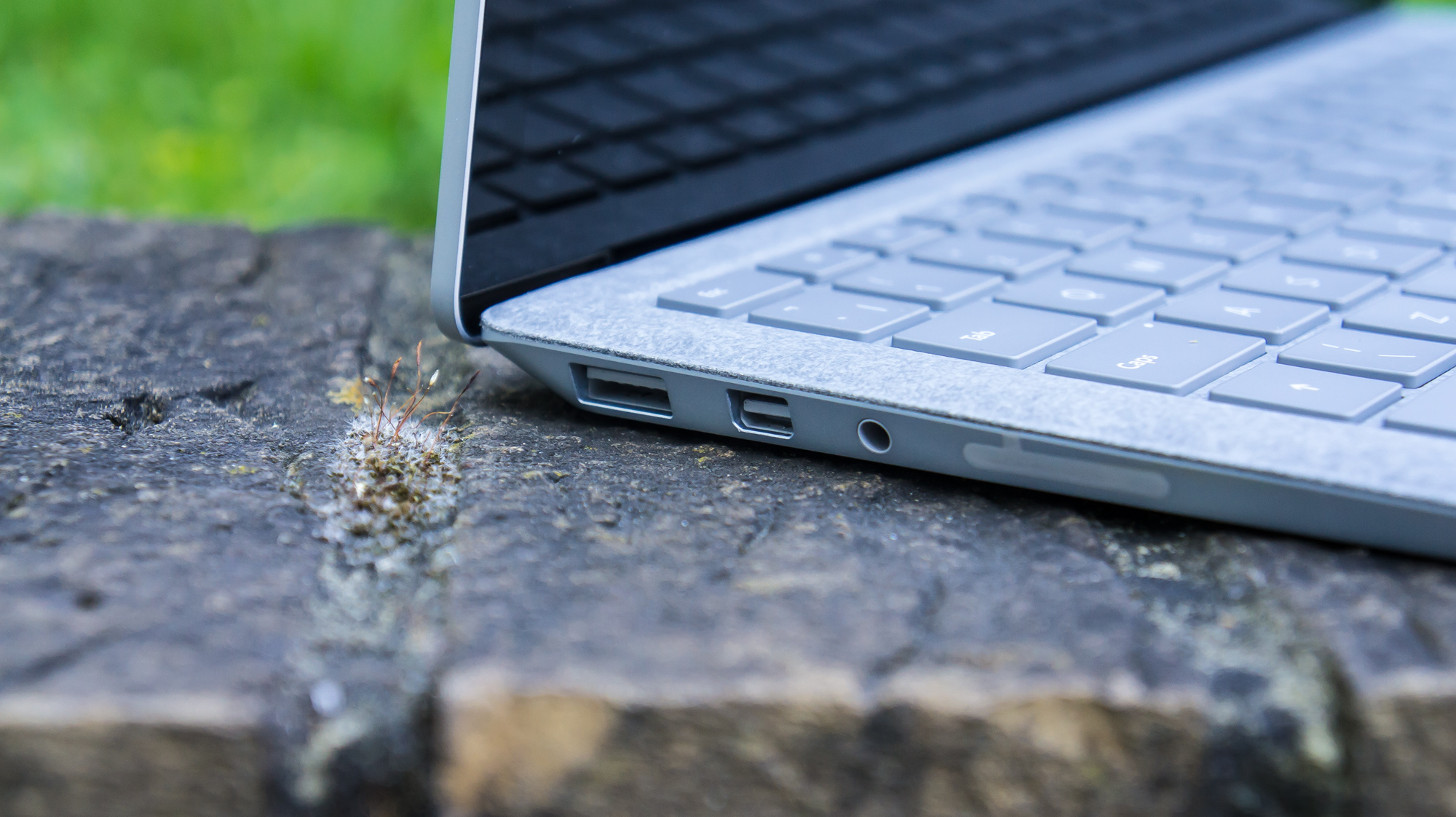
It's a real shame, and the Surface Laptop definitely suffers for not having USB-C, particularly in comparison with other, cheaper ultrabooks which do feature it. Of course, Microsoft will be offering a dock with USB-C support, which connects via the Surface Laptop's power adaptor - but that's an additional cost on top of an already rather pricey device.
Elsewhere, there are other features commonly found in Microsoft's premium devices. It includes support for Windows Hello's facial recognition, the Surface Pen and even the Surface Dial - although you can't use it on the screen in the same way as with the Surface Studio.
Verdict
Microsoft has made some slightly baffling decisions with the Surface Laptop. Debuting Windows 10 S - an operating system that would be most at home on a low-budget Chromebook rival - on what is otherwise a top-notch ultrabook is an odd choice, as is spurning the incredible versatility of the USB-C standard.
Get past these hiccups, however, and you'll find that the Surface Laptop is a truly excellent device. It's not blowing you away with any new, fancy features, but what it is doing is delivering one of the most solid, well put-together notebook experiences you can get, with an absolutely superb keyboard, gorgeous design values and a satisfyingly premium feel.
It's showing its age a little in the performance department, and there are more powerful options available that offer better value for money. Truth be told though, none of them really offer as pleasing a package as the Surface Laptop. It may not be the quickest or most versatile, but as ultrabooks go, the Surface Laptop is one of the most attractive around.
Pictures: IT Pro
This review, written by Adam Shepherd, was originally published in August 2017, but has been subsequently updated, most recently in November 2018
Verdict
As a first stab at a proper lightweight notebook, the Surface Studio is a capable and accomplished offering. It's held back slightly by the omission of USB-C connectivity and the decision to ship it with Windows 10 S, but it's otherwise an absolutely superb device.
Get the ITPro daily newsletter
Sign up today and you will receive a free copy of our Future Focus 2025 report - the leading guidance on AI, cybersecurity and other IT challenges as per 700+ senior executives
After a false career start producing flash games, Alan Martin has been writing about phones, wearables and internet culture for over a decade with bylines all over the web and print.
Previously Deputy Editor of Alphr, he turned freelance in 2018 and his words can now be found all over the web, on the likes of Tom's Guide, The i, TechRadar, NME, Gizmodo, Coach, T3, The New Statesman and ShortList, as well as in the odd magazine and newspaper.
He's rarely seen not wearing at least one smartwatch, can talk your ear off about political biographies, and is a long-suffering fan of Derby County FC (which, on balance, he'd rather not talk about). He lives in London, right at the bottom of the Northern Line, long after you think it ends.
You can find Alan tweeting at @alan_p_martin, or email him at mralanpmartin@gmail.com.
-
 ‘Phishing kits are a force multiplier': Cheap cyber crime kits can be bought on the dark web for less than $25 – and experts warn it’s lowering the barrier of entry for amateur hackers
‘Phishing kits are a force multiplier': Cheap cyber crime kits can be bought on the dark web for less than $25 – and experts warn it’s lowering the barrier of entry for amateur hackersNews Research from NordVPN shows phishing kits are now widely available on the dark web and via messaging apps like Telegram, and are often selling for less than $25.
By Emma Woollacott Published
-
 Redis unveils new tools for developers working on AI applications
Redis unveils new tools for developers working on AI applicationsNews Redis has announced new tools aimed at making it easier for AI developers to build applications and optimize large language model (LLM) outputs.
By Ross Kelly Published
-
 Google layoffs continue with "hundreds" cut from Chrome, Android, and Pixel teams
Google layoffs continue with "hundreds" cut from Chrome, Android, and Pixel teamsNews The tech giant's efficiency drive enters a third year with devices teams the latest target
By Bobby Hellard Published